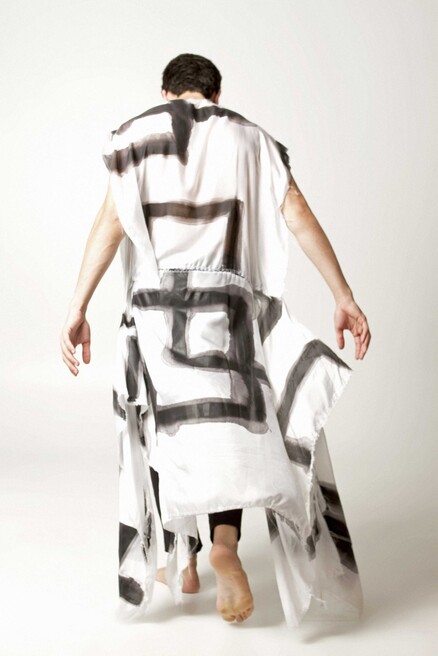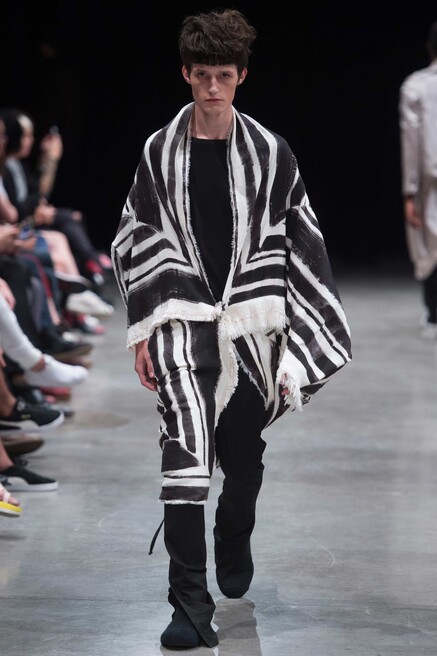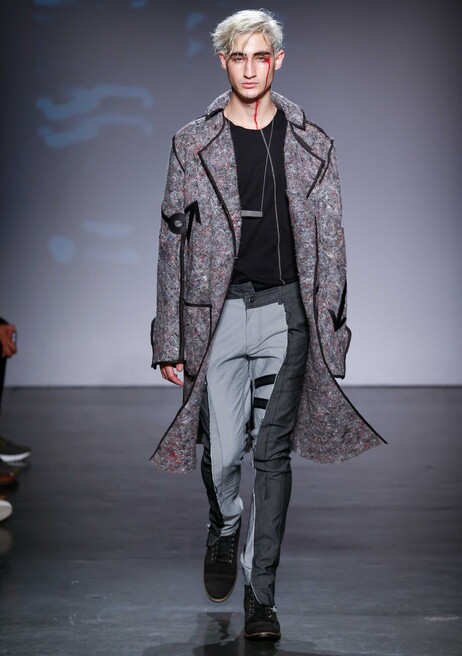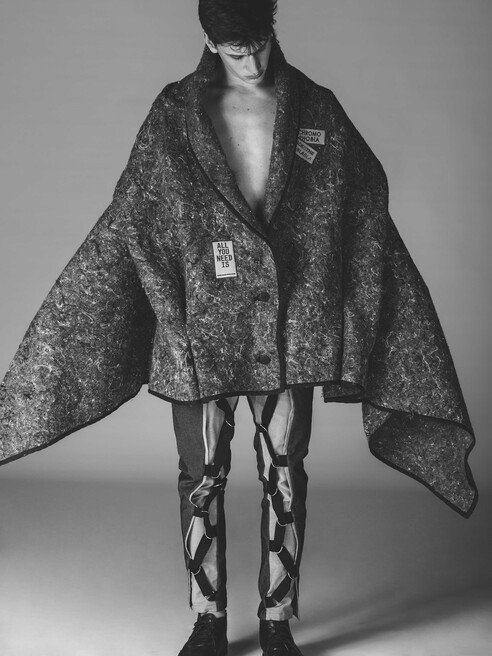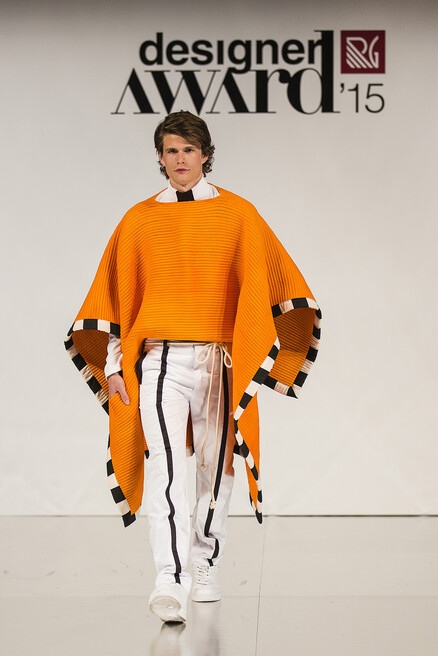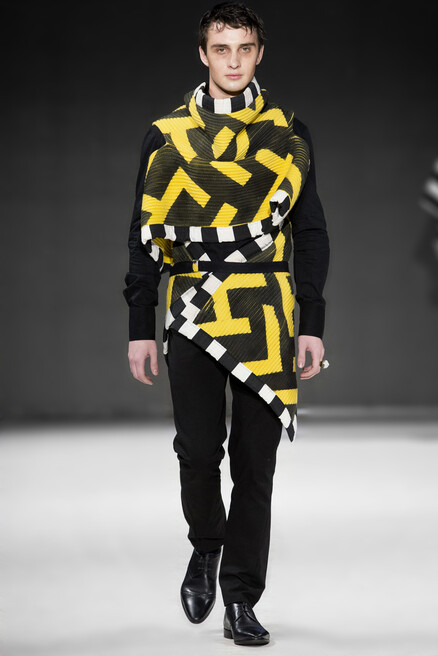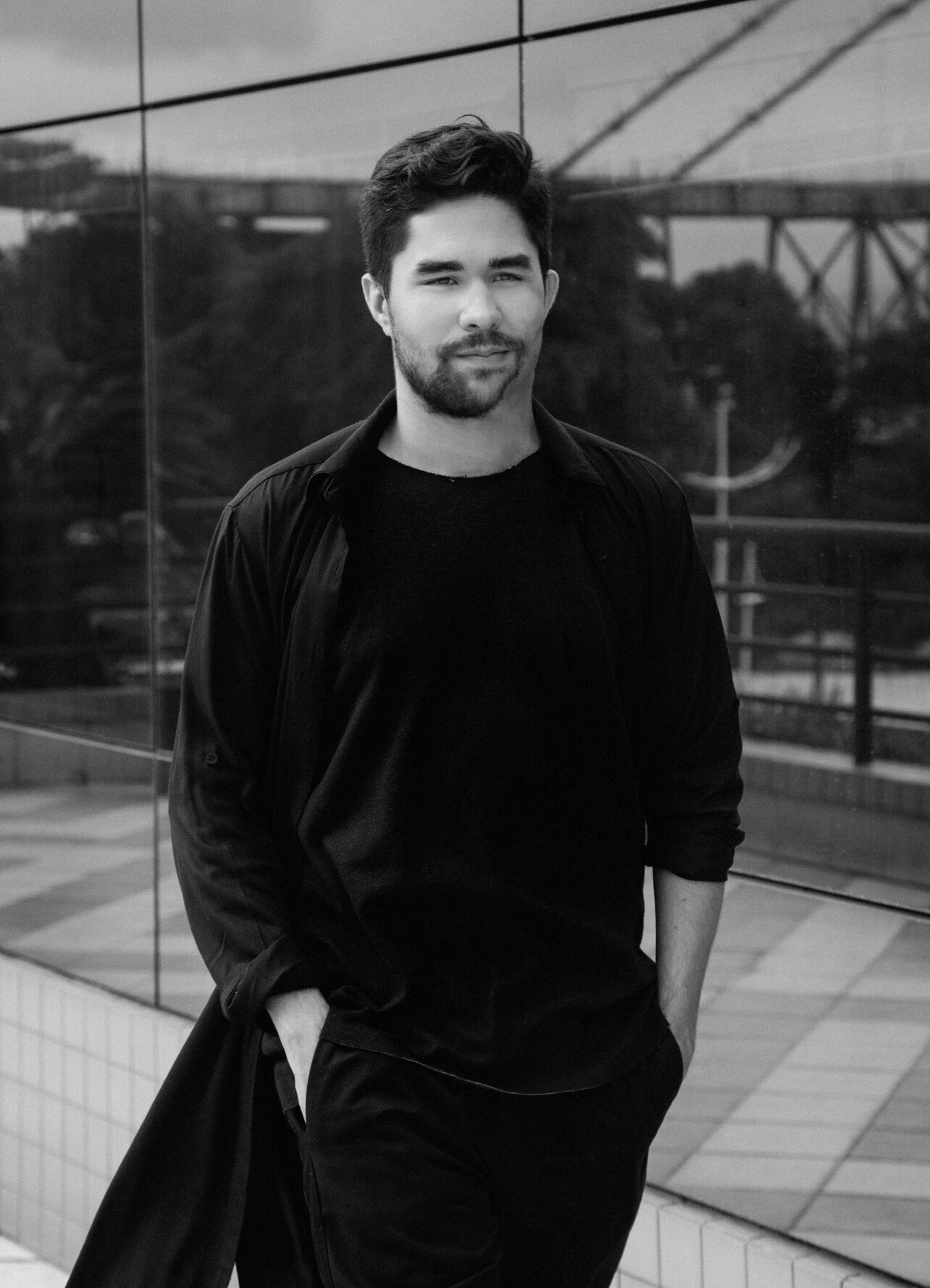Lui Iarocheski
area: Fashion Design
Key Facts
nationality
Brazilarea
Fashion Designresidence
Florianopolisrecommending institution
Combinattime period
September 2017 - September 201727 years old, raised in southern Brazil, born to build a legacy and positive social impact that flourishes from my passion, creativity, dedication and above all my determination to excel at everything I do. For the past 2 years, I have been developing my own label IAROCHESKI - a label that features luxury menswear, avant-garde and high-end designs, with shows in Vienna, Vancouver and Sao Paulo. In 2015, I won the award by popular vote at the RG Designer Award in Vienna. Since then I was added to the lineup of Vancouver Fashion Week and Casa de Criadores Fashion Week in Sao Paulo.
<link http: iarocheski.com _blank external-link-new-window externen link in neuem>iarocheski.com
The legacy of Maria Leopoldina of Austria, the first Empress consort of Brazil, is still seen in South America on a daily basis. It was thanks to her that the basic color scheme of the Brazilian flag, green and yellow, was chosen to illustrate the marriage of the Houses of Braganza and Habsburg. Like any good Habsburg princess, she was given the best education and a very refined and polished upbringing. In 1817 she sailed to Brazil to marry Dom Pedro of Alcântara, heir to the throne of Portugal. Maria Leopoldina took the trip well, her interest in the natural sciences making Brazil attractive to her and, in fact, she took along a number of biologists and other scientists with her. She was the brainy type, very intellectual and scorning physical beauty as useless vanity.
Political matters had reached a pivotal point as in 1822 Dom Pedro staged something of an in-house royal coup to break Brazil away from Portugal but keep the country under the Braganza Crown. An independence movement had been growing for some time and Dom Pedro was determined to get in front of it even if it meant trouble with Portugal, though naturally the hope was to avoid that. Princess Leopoldina supported her husband in these efforts and alongside him, she became the first Empress consort of Brazil on October 12, 1822 once the independence of the Empire of Brazil had been declared. She had been acting as regent when Dom Pedro was away in São Paulo (as no one doubted her education and intelligence) and she famously sent word to him that, “The fruit is ready, it’s time to harvest” when the moment to seize independence came.
Leopoldina not only contributed the golden yellow of the Habsburgs to the Brazilian flag but also worked actively in other respects to help build up the new Empire of Brazil. Following the proclamation of independence in September 1822 there was a general air of joy and enthusiasm. Leopoldina threw herself into the work, designing
armbands and emblems – a golden yellow triangle was sewn onto a green background. The green immediately came to stand for the House of Bragança, and golden yellow was already widely familiar as the colour of the Habsburg dynasty. Today green and yellow remain the dominant colours in the Brazilian flag, and the yellow is still there in homage to the Habsburg Princess Leopoldina.
Here lies the expressional relationship between Leopoldina history and my fashion research methodology. Fashion research should be experimental and reflect the zeitgeist. Regardless of the research project's focus, I always work based on how to create a society that thinks in the long term challenging the current status quo and creating cultural material.
Today, the textile industry follows a tailor matrix when designing new clothes – a model for understanding the body introduced in the nineteenth century. This matrix has clear shortcomings in terms of how a moving body interacts with flexible fabrics and limited expressions for fashion. Using rectangular pieces of fabric draped around a moving body as my basis, I can create a new and more flexible framework for designing clothes while relating to Leopoldina’s influence on the Brazilian flag.
This framework is a development through experiments in which I drape rectangles and square pieces of fabric on the moving body. The result enables new types of expressions and refines the functionality of the garment in relation to the body and its movements. This work will explore the simple geometric pattern construction and deconstruction. Is the rectangle too familiar, too comfortable, for finding interesting new expressions? Since these shapes are used everywhere, in every aspect of our lives, are we in reality so comfortable with them that they cannot surprise us anymore? The aim of this work is to explore the expressional potential in simple geometric pattern construction as a canvas related to the body while questioning the traditional concept of men’s apparel.
The experiments are conducted through a combination of draping and flat pattern construction, with a focus on finding unity and flow within and between the rectangles. The result is a collection with a complex expression, mixing poetic shapes with bold color blocking prints and textures full of contrast – relating to national flags composition. It signifies harmony but does not follow the classical notions of beauty. The value of this work lies in the finding of new expressions, proposing that it is of utmost importance to challenge what we think we know to be true while representing nation and character history.
The purpose and context is to find another menswear expression through Austria and Brazil relationship personified on Maria Leopoldina importance on the diplomacy between these two nations. Concerning the craft, I hope to preserve the hands involvement as part of the expression. Suggesting another way to do prints in fashion that allow a more intimate relationship between body, fabric and color. Therefore, this work explores the body-fabric relation through color, movement and geometric shapes to develop another aesthetic and way of sketching. This method can generate an intimate approximation of the body-fabric relation, which can be used as a tool for composing colors, shapes and resembling to Maria Leopoldina’s feeling of ‘saudade’ (a Portuguese word for homesickness or melancholy longing).
